We may earn money or products from the companies mentioned in this post. This means if you click on the link and purchase the item, I will receive a small commission at no extra cost to you … you’re just helping re-supply our family’s travel fund.
Rules shape trips long before a bag hits the scale. In 2025, immigration changes land where travelers feel them most: at interview calendars, check-in counters, and boarding gates that now include face scans. Families, students, and business teams from Latin America and Asia still make their journeys, but the rhythm has shifted. Planning starts earlier, documents live in neat stacks, and buffers matter. The goal is not fear. It is smoother movement in a system that rewards preparation.
Visa Interviews And Data Reporting Are Now Month By Month

Consulates publish interview waits as monthly ranges, not precise dates. That is more honest about flux, but it pushes applicants to recheck often and file early for school starts, medical visits, or trade shows. Latin American posts that surge in summer now need spring filing. Several Asian hubs flex with holiday peaks. The fix is dull but effective: complete forms cleanly, upload exact photos, and set reminders to scan the portal before paying for flights.
Targeted Visa Suspensions Narrow Options For Some Nationals

Selective suspensions and tighter screening rules do not hit every traveler, yet they reshape plans where applied. Families shift reunions, students pivot to later intakes, and tour operators reroute through friendlier hubs. The move is less a wall than a maze with a few dead ends. The practical answer is to confirm class eligibility before bookings, keep school or employer letters current, and hold refundable tickets until a slot and status are both locked.
EVUS Still Required For Many China B-1/B-2 Travelers
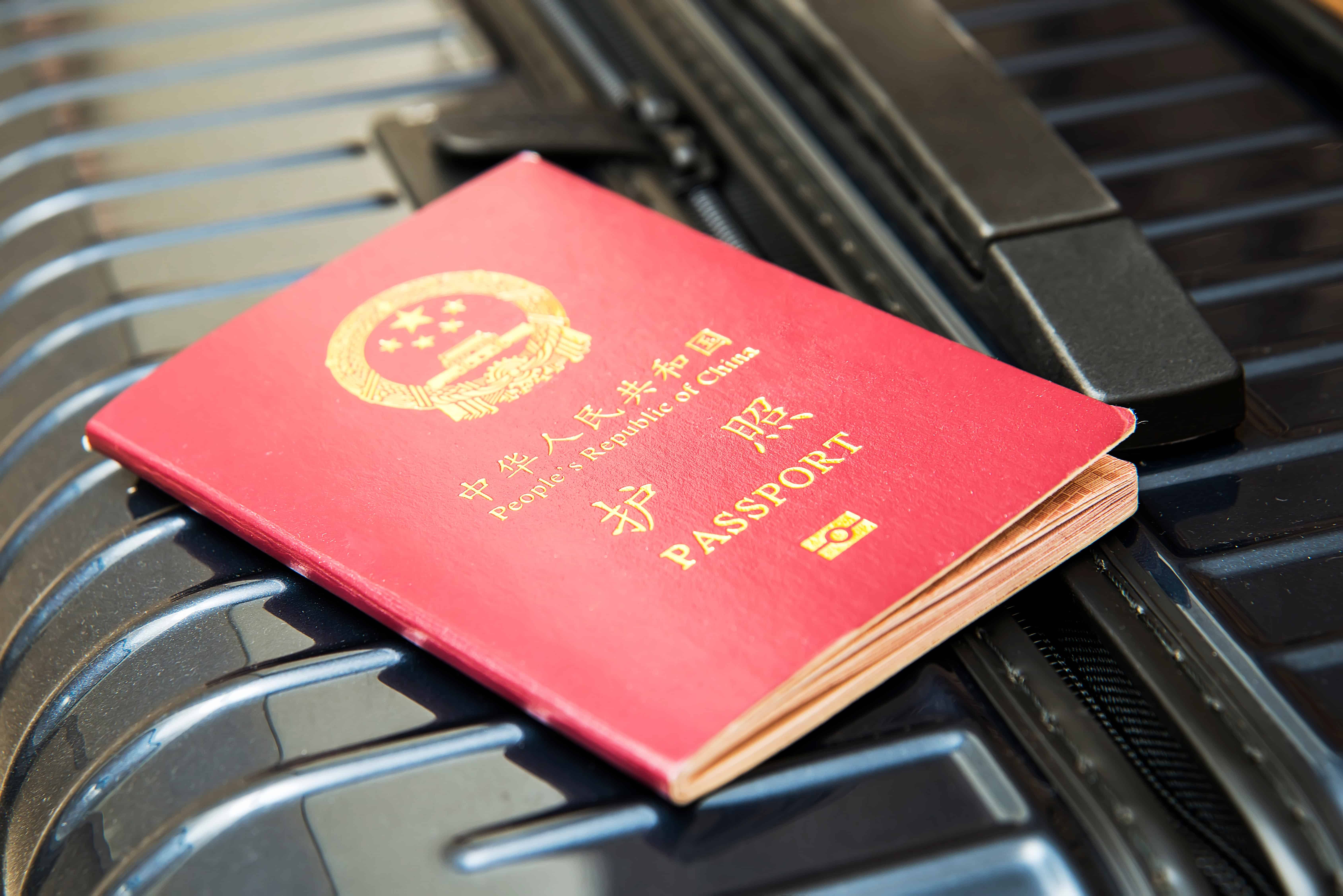
Ten-year visas do not run on autopilot. Chinese B-1/B-2 holders still need a current EVUS enrollment or a trip stalls at check-in. The update is quick but unforgiving, especially on multi-stop Asia itineraries where a missed checkbox can sink a clean plan. Smart travelers treat EVUS like insurance: verify status the week before departure, keep passport details exact, and save the confirmation with boarding passes so a counter agent can clear the record fast.
Visa Waiver Tweaks: New Member And A Higher ESTA Fee

Visa Waiver eases short visits for eligible nationals, and a new entrant expands that convenience in 2025. At the same time, the ESTA charge rises, which matters for families and frequent flyers. Latin America still leans on B visas except for Chile, while much of East Asia benefits from waiver rules. The playbook stays simple: apply through the official site, use a card that refunds fees when trips cancel, and watch validity windows to avoid last-minute scrambles.
Biometric Exit And Facial Capture Are Becoming Routine
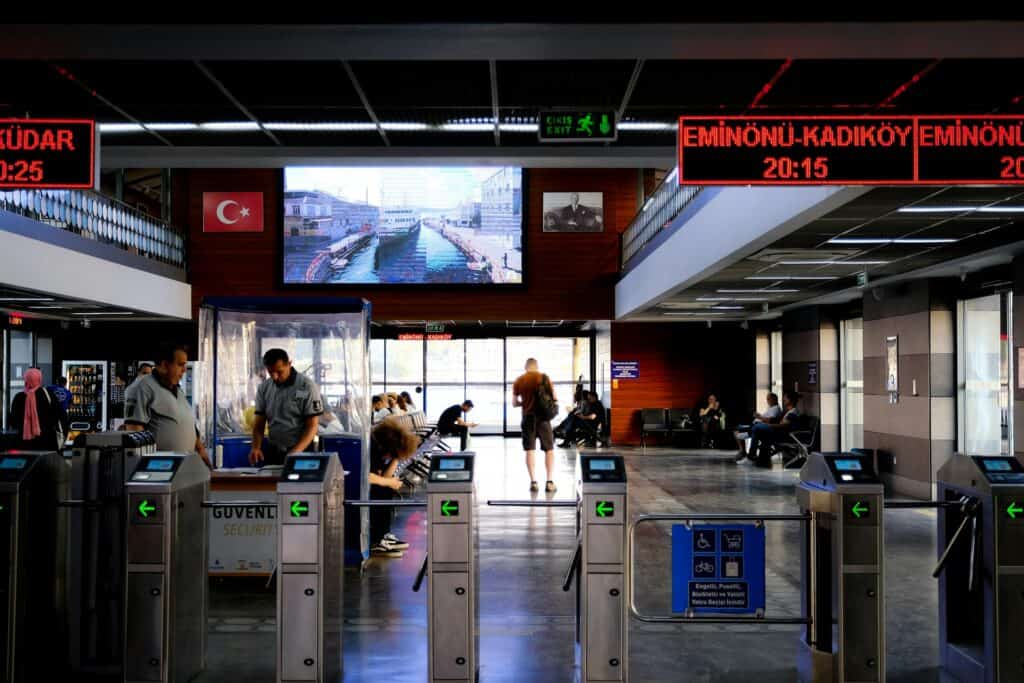
More airports board with a camera match instead of a long document shuffle. Facial capture verifies identity against passport data, then the gate opens. For travelers from Mexico, Brazil, India, and beyond, the upside is fewer bottlenecks when crews are moving fast. The tradeoff is clear expectations: hats off, face forward, passport ready if asked. Land borders and cruise terminals are adopting similar checks, which nudges timelines earlier and keeps lines moving with fewer arguments.
Device Searches Remain Possible At Ports Of Entry
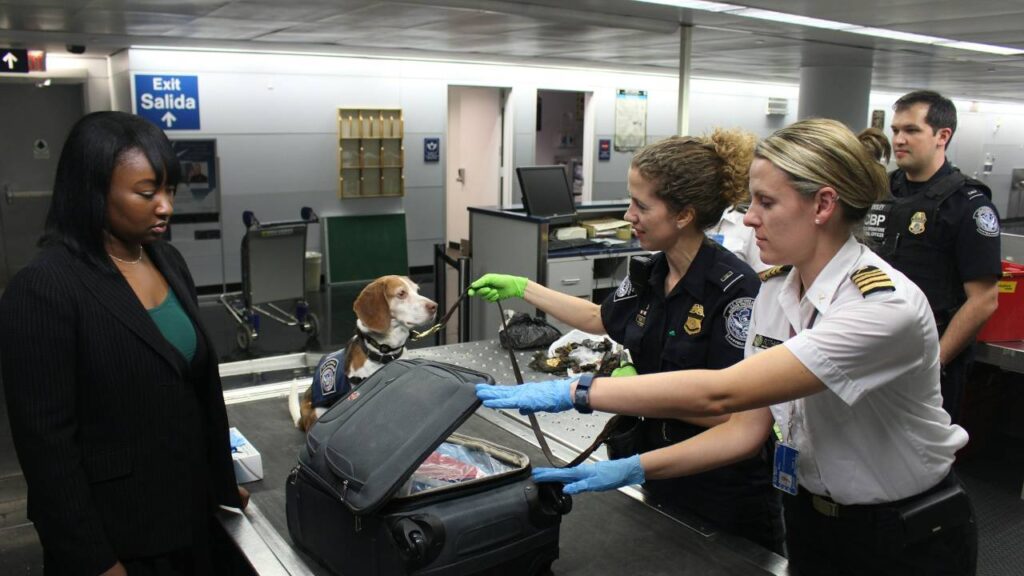
Most arrivals never see a device check, yet the authority exists. Journalists, researchers, and frequent cross-border business travelers plan accordingly. The workable routine is light and careful: carry only what is needed, use strong locks, and know which accounts are signed out before travel. If an inspection happens, courtesy tends to shorten it. Afterward, official channels exist for questions, so concerns do not linger. Calm preparation beats a phone packed with stray files.
Preclearance Abroad Pushes U.S. Checks Upstream
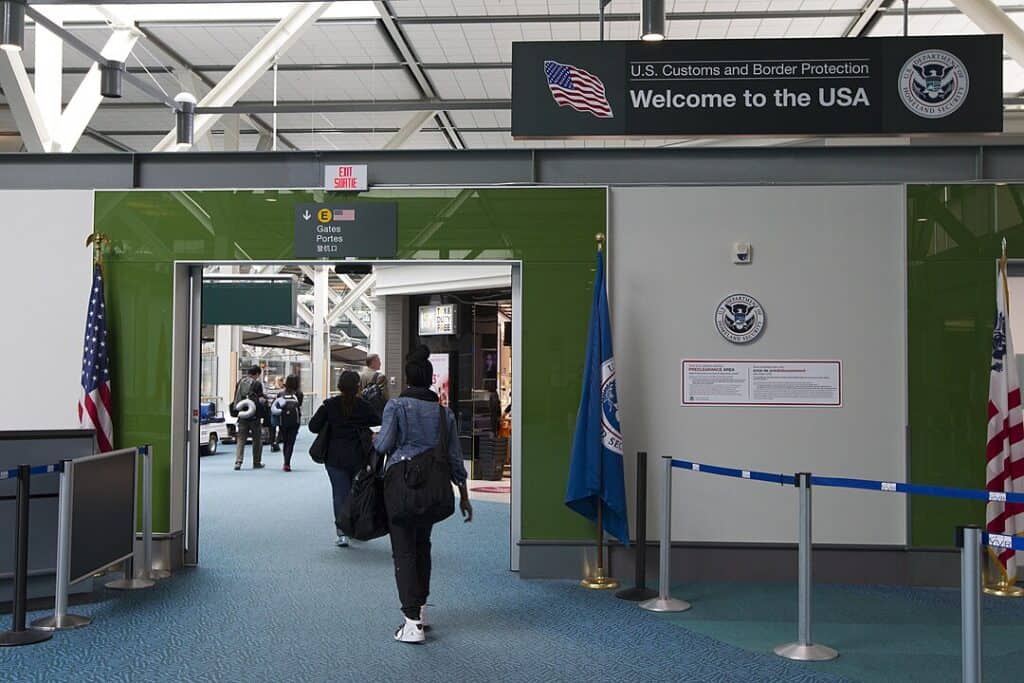
In several foreign airports, travelers clear U.S. inspection before boarding, then land stateside like domestic passengers. That shift changes choreography: arrive earlier, expect agriculture and interview steps before duty free, and build longer layovers for tight connections. The upside shows on arrival when bags roll quickly and missed links are rarer. Families appreciate fewer surprises after a long haul. The lesson is predictable: do more work at departure so the back half breathes.
CBP One Policy Shifts Alter Border-Adjacent Plans
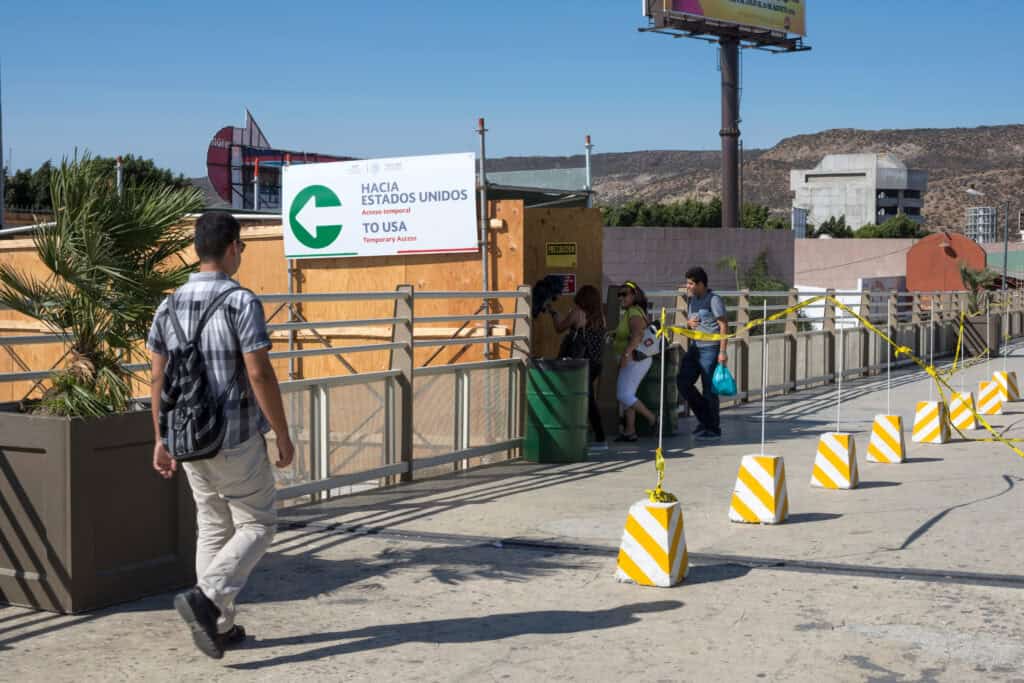
Appointment rules and processing priorities on CBP One continue to affect expectations at land crossings. Families waiting in northern Mexico or Central America face moving targets, which also touches bus schedules, shelters, and relatives on the U.S. side. Even lawful visitors feel the ripple when queues stretch. The steady approach is to read current guidance the day before travel, confirm documents, and leave room for delays so a long day stays manageable.
Fees, Rules, And Queues Add Friction; Prep Reduces It
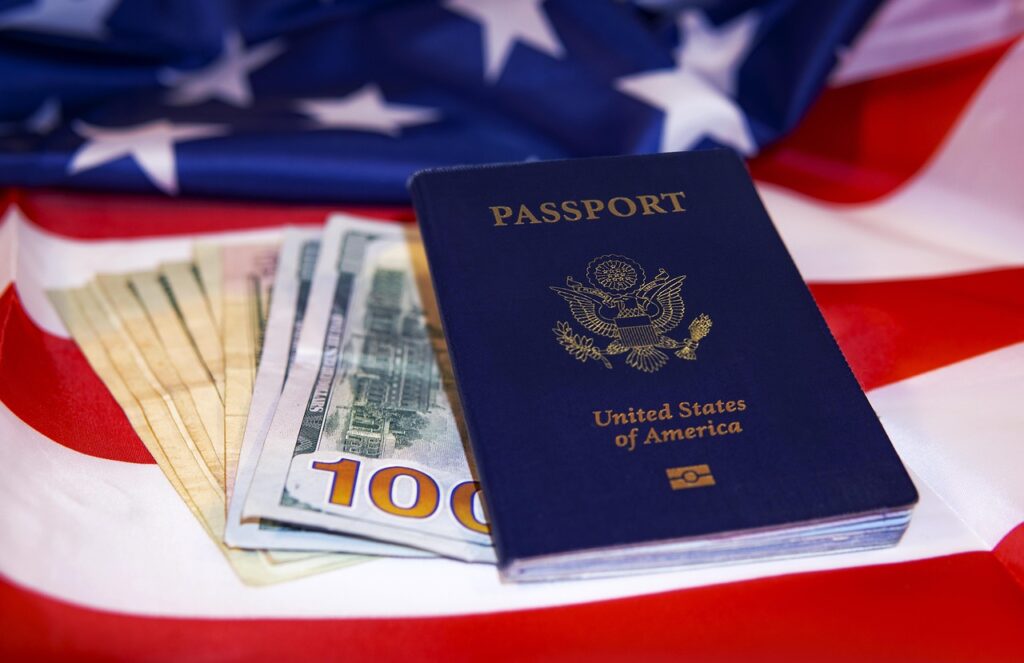
Layered changes do not close doors so much as rearrange hallways. ESTA fees inch up, EVUS stays mandatory, monthly wait ranges replace hard dates, and selective suspensions come and go. Travelers from Latin America and Asia who start early, double-check forms, and sync school or conference dates to interview windows usually move cleanly. The habit is dull, and it works: official pages over rumor threads, refundable fares over wishful thinking, and one extra day where it counts.
Other Blog Posts You Might Enjoy
www.idyllicpursuit.com (Article Sourced Website)
#Ways #U.S #Immigration #Enforcement #Reshaping #Travel #Latin #America #Asia #Author #Kathy #Haan
